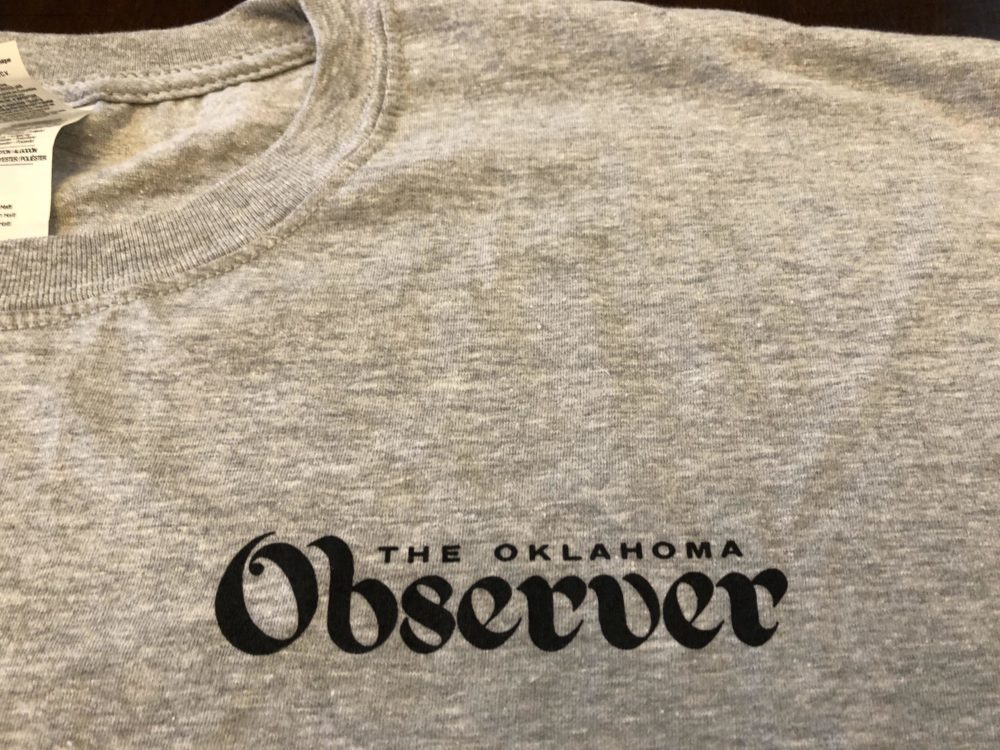And then one May day, it was 90 degrees in the shade and spiking toward a 100 with a southwesterly blast furnace wind scouring the landscape with grit that brings tears to our eyes.
And, might know, tears are salt water, which has no good effect on what is becoming perpetual drought conditions in the Great Plains.
On May 12, Ibrahim Thiaw noted in the foreword to the report for the United Nations Convention to Combat desertification that, “Throughout the world, people are feeling the impacts of the climate and environmental crises most strongly through water: the land is drying up, fertile grounds are turning to dust and drought is prevailing. In fact, since 1970, weather, climate and water hazards accounted for 50% of all disasters and 45% of all reported deaths.”
Calling droughts “among the greatest threats to sustainable development,” Thiaw wrote, “The number and duration of droughts has increased by 29% since 2000, as compared to the two previous decades [WMO, 2021]. When more than 2.3 billion people already face water stress, this is a huge problem. More and more of us will be living in areas with extreme water shortages, including an estimated one in four children by 2040 [UNICEF]. No country is immune to drought [UN-Water 2021].”
“No country is immune to drought?” Prosperity doesn’t matter. In fact, it often exacerbates the problem.
Late last month Huffington Post reported: “Millions ordered to cut water use in drought-stricken California.”
A few days later CNN pinpointed a source of the problem: “Why the Great American Lawn is terrible for the West’s water crisis.”
Rachel Ramirez explained, “The Great American Lawn has historically been a status symbol and portrayed as a place of leisure and comfort. But they require exorbitant amounts of water to maintain – water that is rapidly running out.”
[Golf courses in the deserts? Don’t get me started.]
And on the last day of April, the Associated Press located the source of Southern California’s troubles: “A massive drought-starved reservoir on the Colorado River has become so depleted that Las Vegas now is pumping water from deeper within Lake Mead where other states downstream don’t have access.”
They are using the deeper pumps because the higher intakes placed are now high and dry.
[This lowering of Lake Mead has already revealed two bodies that wise speculation attributes to old Las Vegas wise guys.]
This spring, the conservation group American Rivers deemed the Colorado River the most endangered river in the country, citing climate change and “outdated water management” as a factor.
Waiting until the taps are turned off to enact water-saving measures might be part of that outdated planning.
And, of course, good American myopians that they are, Californians responded by increasing water usage by 19% in March and 26% in April.
Also in late April, the Idaho Statesman announced “The Idaho Department of Water Resources on Friday issued an emergency drought declaration for all but 10 of the state’s 44 counties.”
Nicole Blanchard reported, “According to the U.S. Drought Monitor, all of Idaho south of the Salmon River is in moderate to severe drought, with some small areas experiencing extreme drought.”
A May 4 report from Sioux Falls, SD’s KELO-TV cited the increasing population in Rapid City as impetus for local water authorities seeking additional water from Lake Oahe on the Missouri River.
While that growth creates water problems in the Black Hills, it is negligible compared to the projection that the Fort Worth/Dallas metro area [6,397,000 people and rising] will double in population by 2050. And the water hustlers down there are on the prowl.
From the South Plains of Texas through the Oklahoma Panhandle, western Kansas, most of Nebraska and into neighboring states, the Ogallala Aquifer has been the key to the economic development of the land above it.
David Condos, writing for the Topeka Capital-Journal recently reported:
“Aquifer water levels across western and central Kansas dropped by more than a foot on average this past year. That’s the biggest single-year decrease since 2015, according to the Kansas Geological Survey’s annual report.
“And while the aquifer is losing that foot of water, it’s barely being refilled. In most of western Kansas, less than one inch of water seeps underground to recharge the aquifer each year.”
But American myopia skews our view of the world. Many of us just won’t look toward the future.
Condos reported: “Recent legislation proposed in the Kansas House would have created a new cabinet-level department overseeing the state’s water issues and forced aquifer management districts in western and central Kansas to place stricter limits on water usage to curb the depletion rate.
“But those sections of the bill were removed during committee discussions, leaving some legislators frustrated with how the agriculture industry’s influence continues to thwart water conservation measures. It appears unlikely that even a slimmed down version of that bill will be passed this year.”
Somehow the notions of thrift and conservation have become reviled as infringements on someone’s right to use our limited resources until they are all used up.
And this warning appeared locally during a rainy interval after my grass has already gone dormant from lack of moisture. Just a convenient excuse to ignore inconvenient truths.








